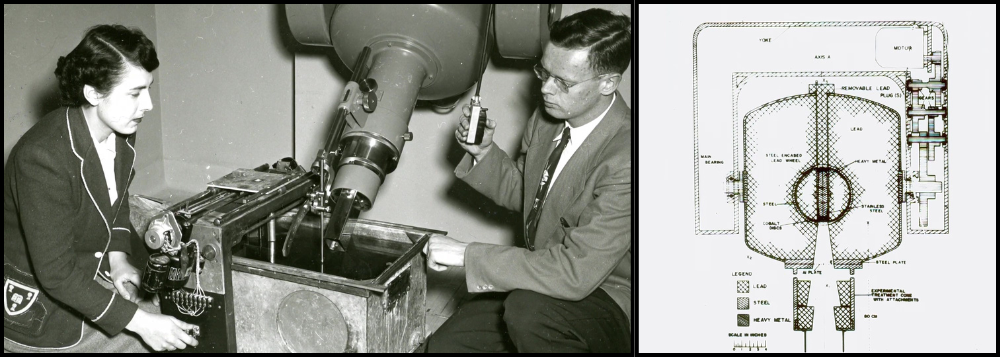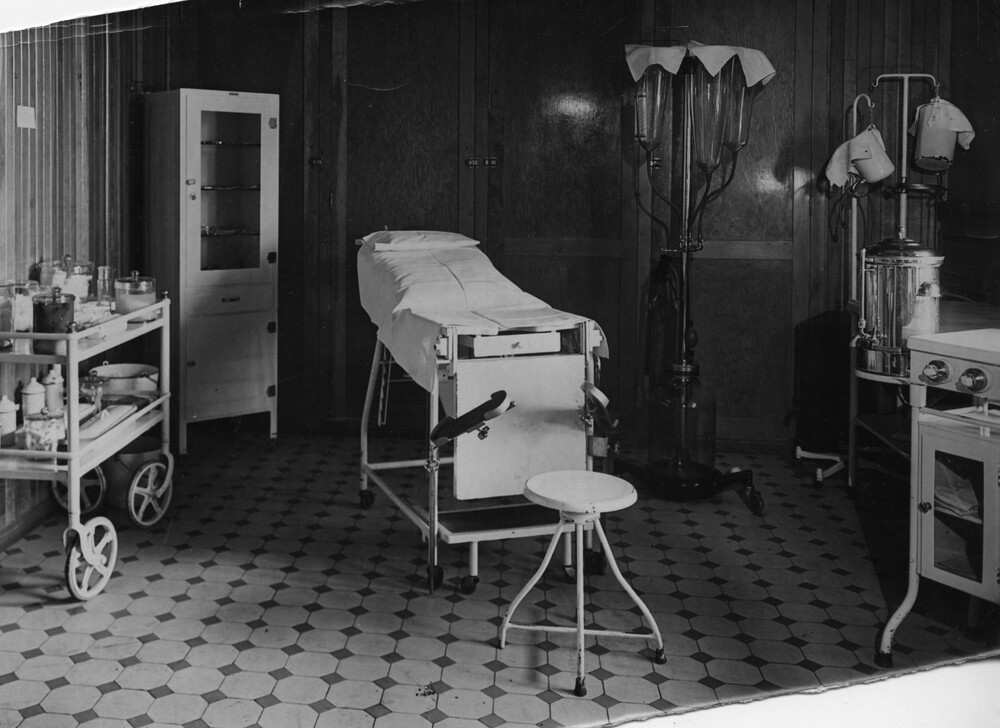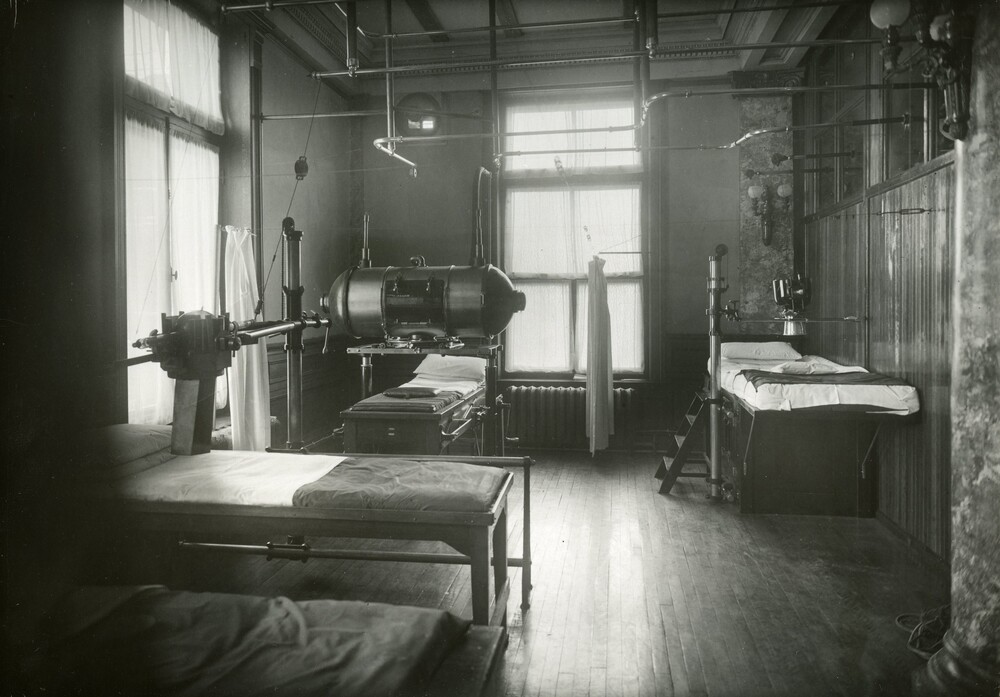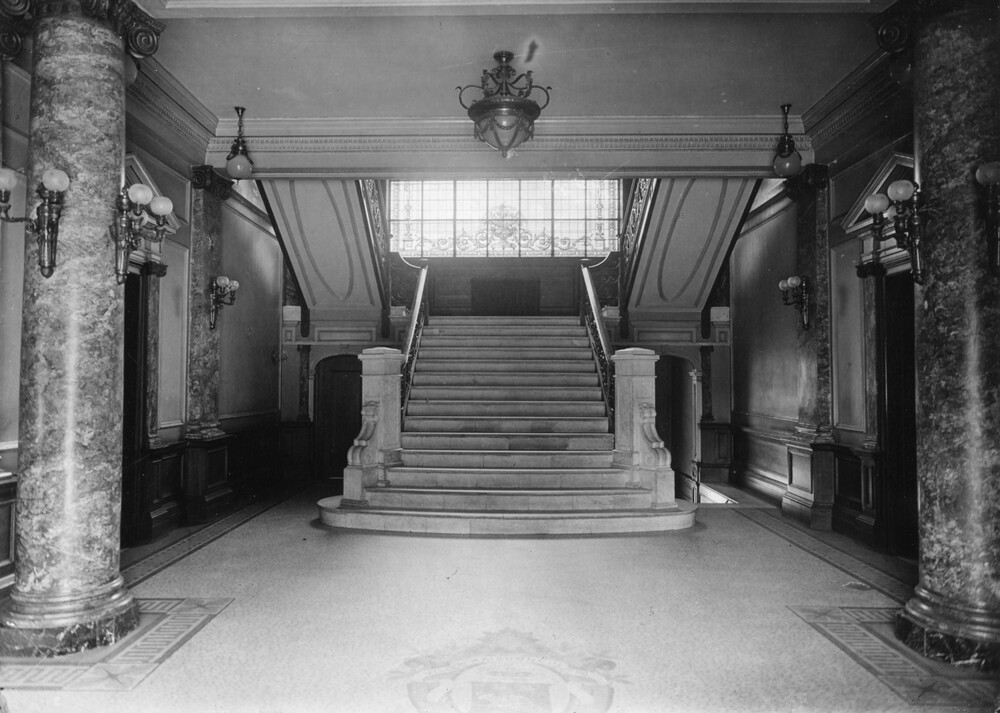One Problem Leads to Another
Although necessary, Doctor Gendreau’s departure failed to give the Radium Institute the renewed energy it needed to escape this vicious circle. Problems with facilities, issues of funding and uneasy work relations prevented the centre from remaining at the forefront of the fight against cancer in Québec.
In 1926, relocation of the Institute to the Maisonneuve borough had forced it to temporarily abandon its role as a pioneer in scientific research while the Université de Montréal’s new medical faculty was being built. Sadly, the Great Depression of 1929 had delayed construction so much that when the faculty was finally completed in 1942, the Radium Institute no longer figured in its plans.
After the Second World War, it became obvious that radium was not the miracle cure for cancer we had expected it to be. Québec doctors were already turning to simpler and less dangerous radiology treatments that did not use radium. Lack of funding for the Radium Institute prevented it from keeping up with the recent progress in the field. It could not afford, for instance, machines that used cobalt-60, a now essential isotope in the fight against cancer in the 1950s.

(Left) “Cobalt bomb” used by physics students, circa 1951 (Right) Schematics for a cobalt-60 device, date unknown
In the 1960s, the City of Montréal started to put pressure to reclaim Maisonneuve’s former Town Hall building. It became more and more obvious that the Radium Institute no longer had a place in Québec’s medical community. On March 30, 1967, Doctor Origène Dufresne permanently closed Montréal’s Institut du Radium; a somewhat anticlimactic conclusion to the first chapter of the fight against cancer in Canada.




